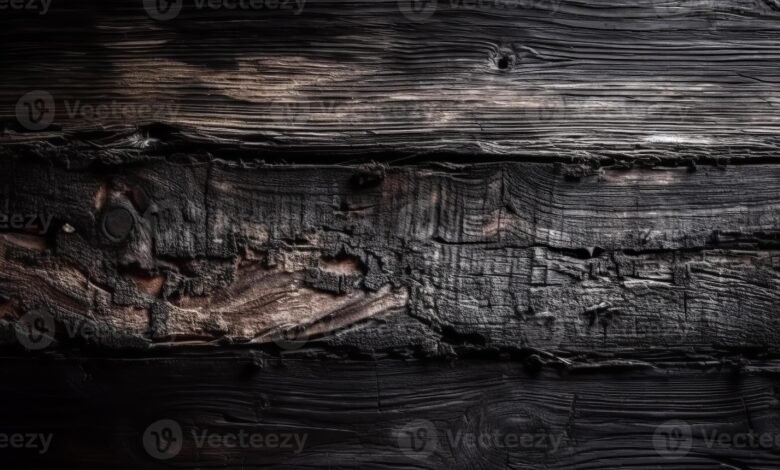Understanding Shattering Wood: Causes, Applications, and Future Trends

Introduction
Shattering wood is a phenomenon that intrigues both scientists and craftsmen alike. Whether it’s the result of natural processes or intentional actions, understanding how and why wood shatters can provide valuable insights into material properties, industry applications, and future innovations. This article delves into the science behind wood shattering, its various applications, and trends that could shape its future.
The Science Behind Shattering Wood
1. Wood Structure and Composition
Wood is a complex material composed of cellulose fibers, hemicellulose, and lignin. The arrangement and bonding of these components influence how wood reacts to stress. The grain pattern, moisture content, and density play critical roles in determining a wood’s susceptibility to shattering.
2. Causes of Shattering
Wood shattering can be attributed to several factors:
- Mechanical Stress: Excessive force applied to wood can cause it to break or shatter. This is often observed in woodworking when improper techniques or tools are used.
- Temperature Changes: Rapid changes in temperature can cause wood to expand or contract unevenly, leading to stress fractures.
- Moisture Content: Wood with varying moisture levels can experience dimensional changes, contributing to cracking or shattering.
- Fungal and Insect Damage: Biological agents can weaken wood fibers, making it more prone to shattering.
3. Types of Shattering
- Splitting: Often seen in firewood or construction timber, splitting occurs along the grain and is usually a result of applying force or drying out.
- Cracking: Cracks can appear on the surface or through the wood, often due to changes in moisture content or temperature.
- Fracturing: This is a more severe form of shattering where the wood breaks into multiple pieces, often seen in lower-quality or improperly handled wood.
Applications of Shattering Wood
1. Construction and Design
- Architectural Features: Shattered wood can be used intentionally in architectural design to create unique textures and visual effects. Designers and architects sometimes use controlled shattering to achieve specific aesthetic goals.
- Structural Analysis: Understanding how wood shatters helps engineers design better structures. It informs decisions about wood treatment and construction techniques to prevent failure.
2. Art and Craftsmanship
- Art Installations: Artists use shattered wood to create dynamic sculptures and installations. The natural randomness of shattering adds an organic element to their work.
- Furniture Making: Some craftsmen use controlled shattering techniques to add character to furniture pieces, creating a rustic or distressed look.
3. Environmental and Industrial Uses
- Bioenergy: Shattered wood is often used in biomass energy production. The fragmented pieces are easier to process and can be used as fuel or raw material for bioenergy.
- Recycling and Repurposing: Shattered wood can be repurposed into new products, such as composite wood panels or mulch, reducing waste and promoting sustainability.
Future Trends in Shattering Wood
1. Advances in Wood Treatment
- Enhanced Durability: Innovations in wood treatment, such as pressure-treating and chemical preservatives, aim to reduce the risk of shattering by improving wood’s resistance to environmental stressors.
- Smart Wood Technology: Researchers are developing “smart” wood materials embedded with sensors that can monitor and respond to changes in stress, moisture, and temperature, potentially reducing the likelihood of shattering.
2. Sustainable Practices
- Eco-Friendly Materials: As the demand for sustainable building materials increases, there is a growing focus on using shattering wood in environmentally friendly ways. This includes improving recycling methods and developing new uses for wood waste.
- Carbon Footprint Reduction: By repurposing shattered wood and reducing waste, industries can lower their carbon footprint and contribute to a more sustainable future.
3. Innovative Applications
- 3D Printing: Advances in 3D printing technology are exploring the use of wood fibers in printing processes. Understanding how wood shatters can help optimize the use of these materials in creating complex structures.
- Bioengineering: The field of bioengineering is investigating the use of wood fragments in developing new biomaterials, potentially leading to innovative applications in medicine and technology.
Figures and Data
1. Wood Fragmentation Statistics
- Durability Testing: Studies show that the durability of wood under stress can vary widely. For instance, softwoods like pine tend to shatter more easily than hardwoods like oak due to differences in their density and grain structure.
- Moisture Impact: Research indicates that a 10% increase in moisture content can significantly affect the likelihood of wood shattering, with variations depending on the wood species.
2. Industry Growth
- Market Trends: The global market for wood-based products is expected to grow, with an increasing emphasis on sustainable and innovative uses for wood, including shattered and repurposed wood.
- Technological Advancements: Investment in research and development for wood treatment and technology is projected to rise, leading to new solutions for preventing and utilizing wood shattering.
Conclusion
Shattering wood is a multifaceted phenomenon influenced by various factors including material properties, environmental conditions, and human intervention. Understanding its causes and implications offers valuable insights for applications ranging from construction to art. As technology advances and sustainable practices evolve, the future of shattering wood holds exciting possibilities for innovation and improved use of this versatile material.
If you gained new insights from this article, be sure to explore our blog Today Environment News for more enlightening content.



